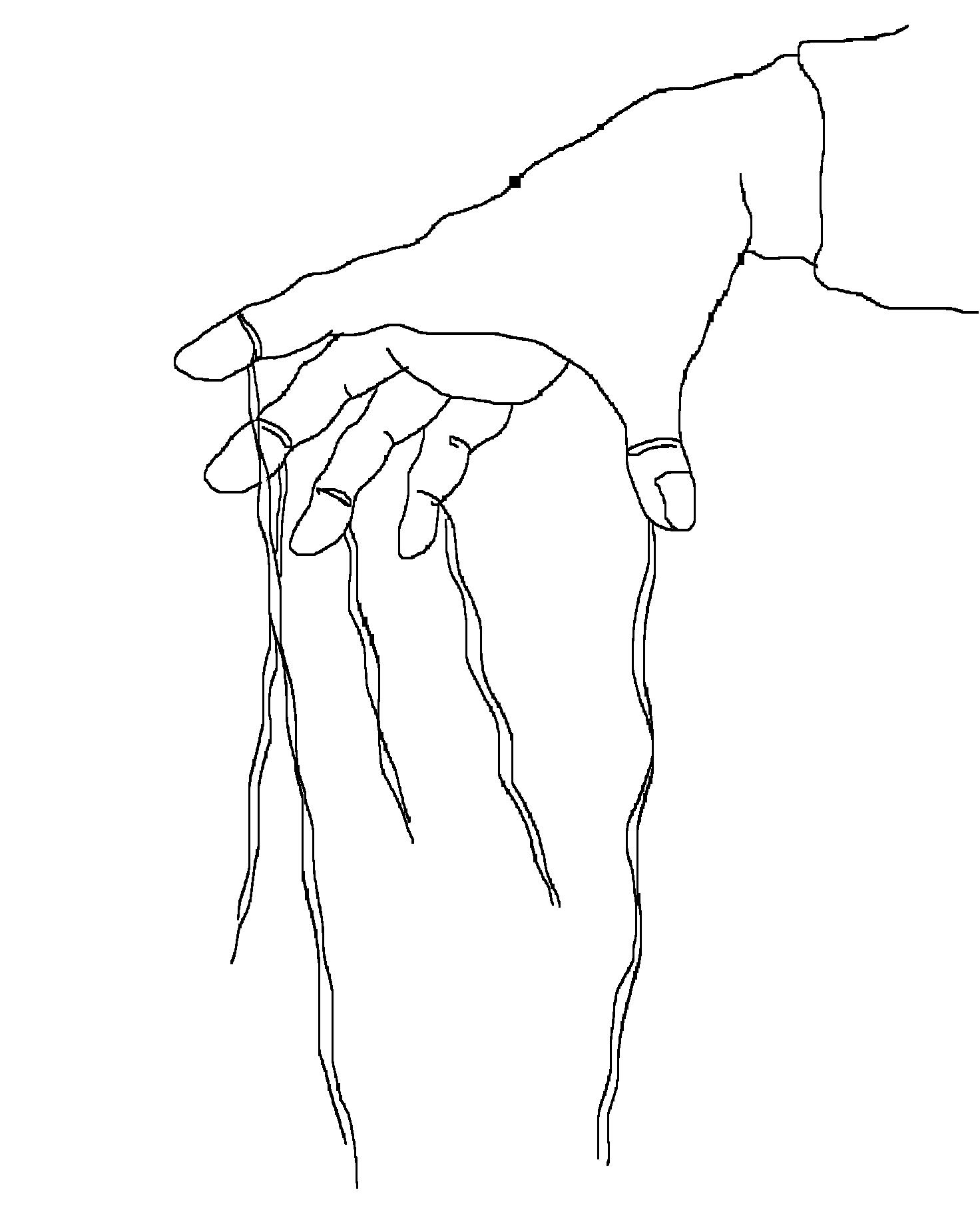
1 minute read
A ‘GLASS CASE’ FOR ‘TOURIST GAZE
Imagine a view from the fifth floor of the Mughal-themed boutique hotel, painting a ravishing visual of ancient forts, palaces, and dwellings. The air-conditioner blasting against the hellish heat, plush Persian carpets, room-service catering the cuisine once devoured by Mughal royalty prepared in the imperial kitchen – feels like heaven. Oh, look the horse carriages painted so vibrantly, a man dressed in an extravagant emperor’s costume – utterly enchanting. What’s the congestion, precariously conceived behind the ancient mosque? Is that a family of eight inelegantly pack on a motorbike behind the curtain? The voyeuristic view of heritage often projects a simplified, censored, and sanitized version of reality.
The disconnection with the holistic concept of heritage and viewing it as frozen music trivializes a breathing being into an artifact. The ‘glass case’ display mentality (Merriman 1991) associated with museum exhibitions is equally evident in certain interpretations of heritage sites and places. (Urry 1990) identifies the institutionalization of the ‘tourist gaze’ and the way this gaze constructs reality and normalizes a range of touristic experiences. The ‘heritage industry’ is responsible for commodifying selective remnants of the past, catering to upper-class leisure and touristic pursuits; undermining the users of a historic core.
Advertisement
The president of Lahore Conservation Society, Kamil Khan Mumtaz, reflects deep concern regarding the intensifying penetration into the tourism industry (Sohail 2020).
“You don’t need these colorful rickshaws; hotel operators and God knows who else – to pull down these lovely heritage buildings so that they can build a lovely heritage hotel. They are going to make money out of this and we will have lost the last traces of our humanity.”
THE DECISIONMAKERS
The users of historic sites have been popularly classified as passive recipients of an environment that is conceived, executed, managed, and evaluated by the outside; the public or private sector, landowners, and developers with professional expertise (Paul Jenkins 2009). In the context of the Walled City of Lahore, the ‘outside’ refers predominantly to the decisionmakers, which play a significant role in navigating the lives of the users.










